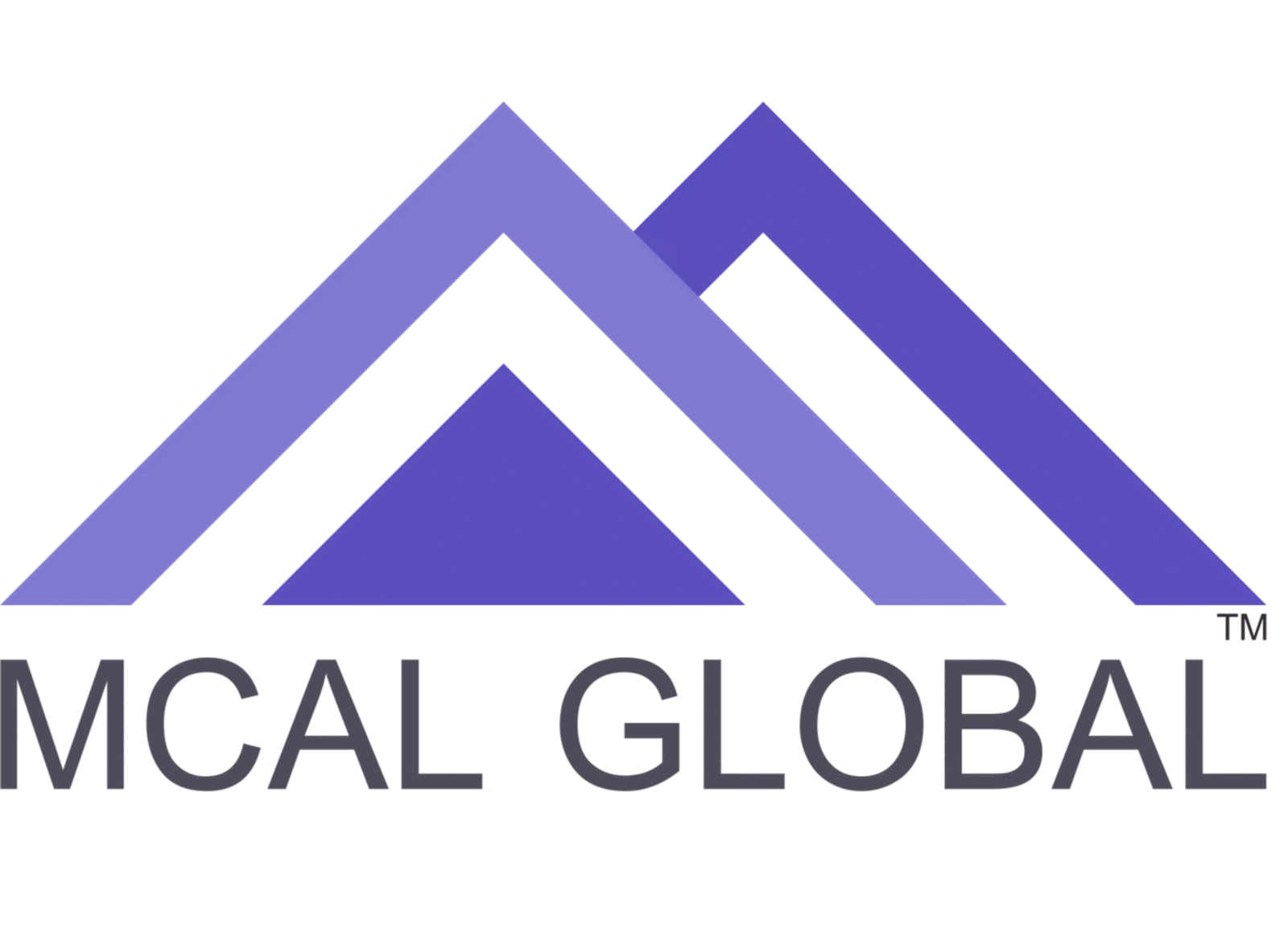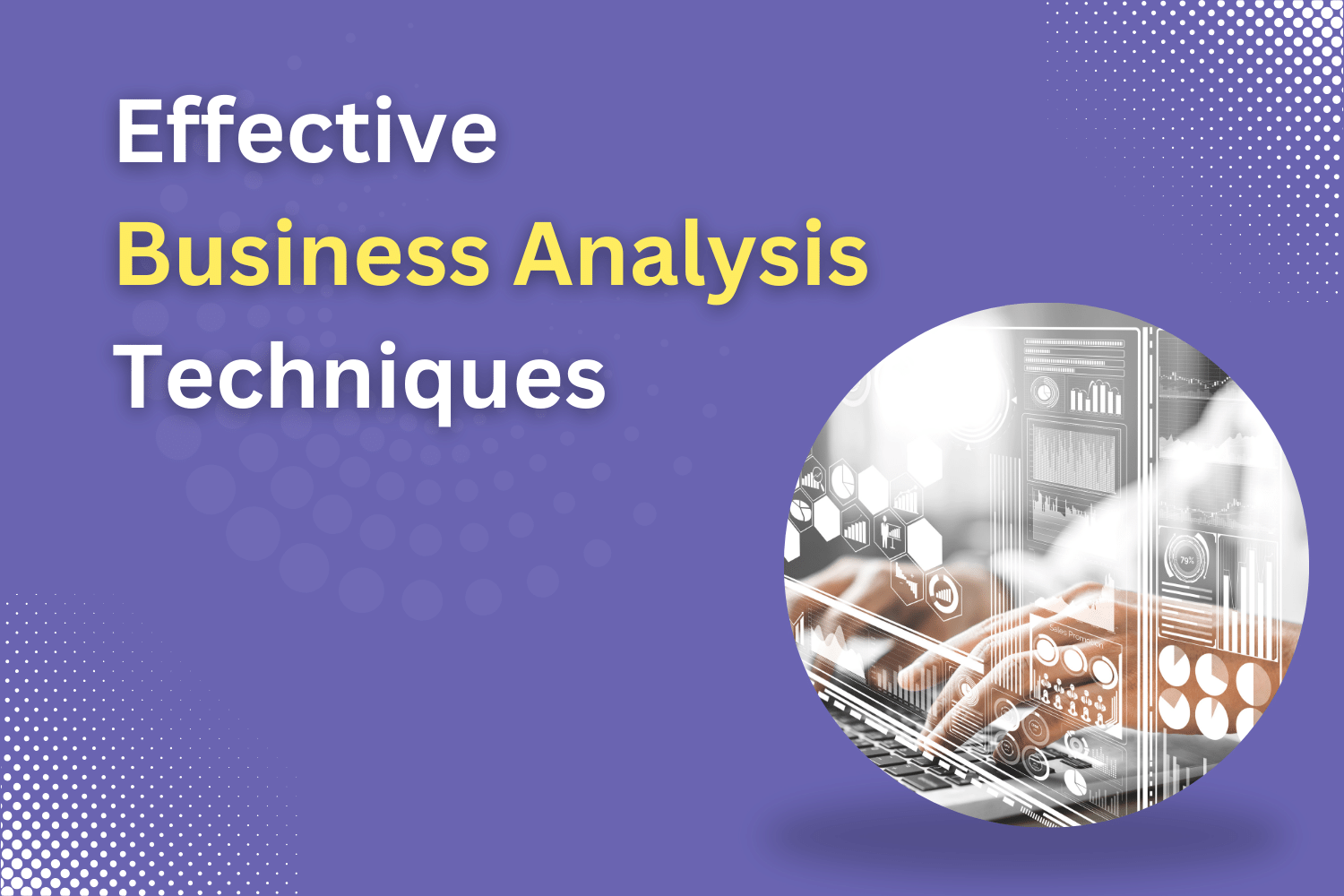Business Analysis plays a pivotal role in guiding organizations through complex challenges and ensuring that business goals align with technological solutions and market needs. At the core of this discipline lie various analysis techniques that help in deciphering complex business scenarios and crafting effective strategies. These techniques are instrumental in uncovering insights, identifying opportunities, and mitigating risks. This blog post delves into the top 10 effective business analysis techniques, providing a valuable toolkit for business analysts and project managers to drive successful outcomes in their projects and strategic initiatives. This blog is also helpful for those who want to become a business analyst as these business analysis techniques are very crucial knowledge in the field of business analysis.
10 Business Analysis Techniques
Table of Contents
ToggleTechnique 1: SWOT Analysis
SWOT Analysis is a fundamental tool in the arsenal of business analysis, providing a clear framework for evaluating a company’s position in the market. This technique involves identifying and assessing the Strengths, Weaknesses, Opportunities, and Threats related to a business project or strategy.
- Strengths: These are internal attributes and resources that give the business a competitive advantage. Identifying strengths helps in leveraging them to achieve business objectives.
- Weaknesses: These are internal factors that may hinder the company’s performance. Recognizing weaknesses enables businesses to mitigate risks and improve.
- Opportunities: These are external factors that the business can capitalize on. Identifying opportunities allows for strategic planning to expand or improve the business.
- Threats: External challenges that could negatively impact the business. Understanding threats is crucial for developing contingency plans.
SWOT Analysis is widely used due to its simplicity and effectiveness. It provides actionable insights that help in strategic planning and decision-making, ensuring that a business can navigate its environment proactively.
Technique 2: PESTLE Analysis
PESTLE Analysis offers a comprehensive view of the external macro-environment in which a business operates. This technique examines the Political, Economic, Social, Technological, Legal, and Environmental factors that may affect a business.
- Political: This includes government policies, political stability, and regulations that might impact the business.
- Economic: Factors such as economic growth, exchange rates, and inflation rates are considered under this.
- Social: This encompasses demographic changes, cultural trends, and shifts in consumer behavior.
- Technological: Innovations, technological developments, and IT infrastructure that could influence business operations.
- Legal: This involves understanding the legal landscape, including laws related to employment, health and safety, and competition.
- Environmental: Environmental aspects like sustainability, carbon footprint, and climate change are analyzed.
PESTLE Analysis helps businesses anticipate market trends, adapt strategies according to the external environment, and make informed decisions. It is especially useful for strategic planning, marketing, and product development.
Technique 3: MOST Analysis
MOST Analysis is an internal method focusing on the four key elements of a business: Mission, Objectives, Strategies, and Tactics. It is instrumental in ensuring the internal elements are aligned with the external strategy.
- Mission: This defines the core purpose of the business, answering why it exists. The mission guides the long-term vision and decision-making process.
- Objectives: These are specific, measurable goals that the business aims to achieve. Objectives should align with the mission and guide the overall strategic direction.
- Strategies: These are the approaches the business will take to achieve its objectives. Strategies involve broad decisions on resource allocation and policy implementation.
- Tactics: These are the operational methods and actions taken to implement strategies. Tactics are more immediate and specific than strategies.
MOST Analysis helps businesses maintain coherence between their vision and day-to-day operations, ensuring that every action contributes to the overall goals. It is particularly useful in strategic planning, operational improvement, and organizational alignment.
Technique 4: Business Process Modeling
Business Process Modeling (BPM) involves creating a visual representation of the processes within an organization. This technique is used to document, analyze, improve, and automate business processes.
- Documentation: BPM starts with documenting existing processes, creating a clear picture of how tasks are currently performed.
- Analysis: By visually laying out processes, BPM allows for in-depth analysis to identify inefficiencies, bottlenecks, and areas for improvement.
- Improvement: Based on the analysis, processes can be redesigned for greater efficiency, effectiveness, and adaptability.
- Automation: BPM is often the first step towards automating repetitive tasks, reducing manual errors, and speeding up workflows.
BPM tools and software can model processes in varying degrees of complexity, from simple workflows to intricate, cross-departmental procedures. This technique is essential for operational excellence, quality management, and digital transformation initiatives.
Technique 5: Requirement Analysis
Requirement Analysis is a critical technique in business analysis, focusing on identifying and defining the needs of stakeholders for a particular project or business process. It involves multiple sub-techniques:
- Eliciting Requirements: Gathering information from stakeholders through interviews, surveys, and observation to understand their needs.
- Analyzing Requirements: Breaking down the gathered information to determine feasibility, relevance, and priority.
- Documenting Requirements: Clearly outlining the requirements in a format that is understandable for all stakeholders and can guide the project team.
- Validating and Verifying Requirements: Ensuring that the requirements meet the business needs and are achievable within project constraints.
Effective requirement analysis is crucial for the success of any project as it ensures that the final outcome aligns with the business objectives and meets the users’ needs. It reduces the risk of project failure due to misunderstood or incomplete requirements.
Technique 6: Brainstorming Sessions
Brainstorming Sessions are a creative technique used in business analysis to generate ideas and solve problems. It involves gathering a group of people and encouraging them to come up with as many ideas as possible, without criticism or judgment.
- Idea Generation: The primary goal is to generate a large number of ideas. Participants are encouraged to think freely and suggest any idea that comes to mind.
- Encouraging Creativity: All ideas are welcomed, and the environment is kept open and non-judgmental to foster creativity.
- Group Collaboration: Brainstorming leverages the collective thinking of the group, leading to more diverse and innovative ideas.
- Idea Consolidation: Post brainstorming, ideas are reviewed, and the most viable ones are developed further.
Brainstorming is effective in exploring solutions to complex problems, generating new ideas for products or services, and encouraging team collaboration and creativity.
Technique 7: Non-Functional Requirement Analysis
Non-Functional Requirement Analysis is vital in ensuring that a system or product not only performs its intended function but also meets broader quality standards. These requirements cover aspects beyond the actual functions of the system, including performance, security, usability, and reliability.
- Identifying Non-Functional Requirements: This involves determining requirements related to system performance, user experience, security, and other operational criteria.
- Prioritization: Given their impact on the user experience and system integrity, prioritizing these requirements is crucial.
- Documentation and Specification: Non-functional requirements need to be clearly documented, often in technical terms, to guide the development process.
- Verification and Validation: Ensuring that these requirements are met through testing and other quality assurance methods.
Non-Functional Requirement Analysis is essential for the overall success of any project, impacting customer satisfaction, system efficiency, and operational effectiveness.
Technique 8: Use Case Analysis
Use Case Analysis is a user-centered technique in business analysis that helps in understanding how different users will interact with a system. It focuses on defining the requirements from an end-user perspective.
- Creating Use Cases: This involves describing a system’s behavior under various scenarios, capturing the actions of different users.
- Scenario Building: Detailed scenarios are constructed to illustrate the system’s interaction with its users, helping to identify functional requirements.
- User-Centric Approach: By focusing on the user, use case analysis ensures that the system’s functionality aligns with user needs and expectations.
- Bridging Communication: Use cases provide a clear and understandable way to communicate system requirements among stakeholders, developers, and users.
Use Case Analysis is particularly useful in software development and system design, ensuring that the final product is user-friendly and meets the intended use.
Technique 9: User Stories
User Stories are a straightforward and efficient technique in business analysis for capturing functional requirements from an end-user perspective. They are typically short, simple descriptions of a feature or function as told by the user.
- Structure of User Stories: Each story is structured as a brief narrative, often following the template: “As a [type of user], I want [an action] so that [a benefit/value].â€
- Capturing Real Needs: User stories help in understanding the real needs of users, focusing on what they want to achieve and why.
- Facilitating Communication: They provide a clear and concise way to communicate requirements among stakeholders, developers, and designers.
- Prioritization and Flexibility: User stories allow for easy prioritization and can be reworked or adjusted as more is learned about the users’ needs.
User stories are particularly popular in Agile development methodologies for their focus on user-driven requirements and flexibility in adapting to changing needs.
Technique 10: Data Modeling
Data Modeling is an analytical tool used to define and analyze data requirements needed to support business processes within the context of information systems. It focuses on how data is stored, accessed, and managed.
- Defining Data Elements: Data modeling involves identifying the key data elements and how they interact with each other.
- Creating Entity-Relationship Diagrams: These diagrams help visualize data structures and relationships, aiding in the creation of a robust database.
- Ensuring Data Integrity: Through data modeling, businesses can ensure consistency, accuracy, and reliability of data across systems.
- Supporting Business Decisions: Well-structured data models provide the foundation for making informed business decisions and developing strategic plans.
Data modeling is crucial for businesses relying on accurate and well-organized data, such as in database management, software development, and systems analysis. With proper data modeling, you must know about the use of some popular data visualization tools which will help you to properly visualize the structured data.
Business analysis techniques are highly essential for a business Analyst
Business analysis techniques are essential tools for understanding, dissecting, and addressing complex business challenges. From SWOT Analysis to Data Modeling, each technique offers a unique perspective and contributes to a comprehensive understanding of the business environment and requirements. By effectively employing these techniques, business analysts can provide invaluable insights, drive strategic decision-making, and ensure project success. Along with the knowledge of business analysis techniques, you must have a good understanding of business analysis tools.
The choice of technique largely depends on the specific business scenario, goals, and the nature of the decision to be made. In practice, a combination of these techniques often yields the best results, offering a multi-faceted view of the business situation. As the business world continues to evolve, so too must the tools and approaches used in business analysis. Staying adaptable, continuously learning, and being open to integrating new methodologies are key for business analysts seeking to make a significant impact in their organizations.
Join MCAL Global’s Master Business Analysis Training Program
Elevate your career in business analysis with MCAL Global’s renowned Master Business Analysis Training program. This comprehensive training, available online globally and in person in Pune and Mumbai, is meticulously designed to empower aspiring and seasoned business analysts alike. At MCAL Global, we offer CBDA, CBAP, and Master BA Training for the Investment Banking Domain. Our program offers an immersive learning experience, combining theoretical knowledge with practical applications, ensuring you gain the skills needed to excel in today’s dynamic business environment. Whether you prefer the flexibility of online learning or the interactive nature of classroom training, MCAL Global provides unparalleled instruction, resources, and support. Join our Master Business Analysis Training and embark on a journey to become a proficient business analyst, equipped with cutting-edge techniques and insights to make a significant impact in your organization.


